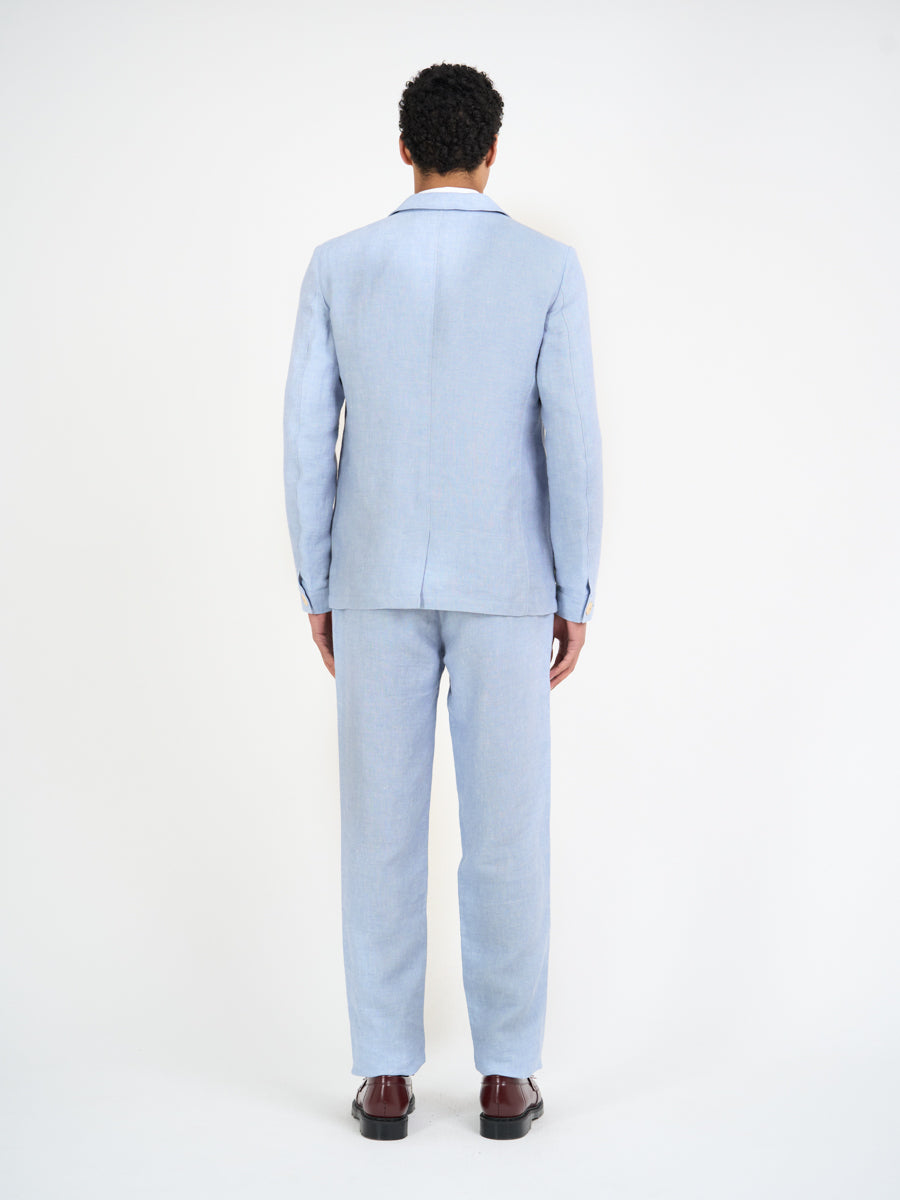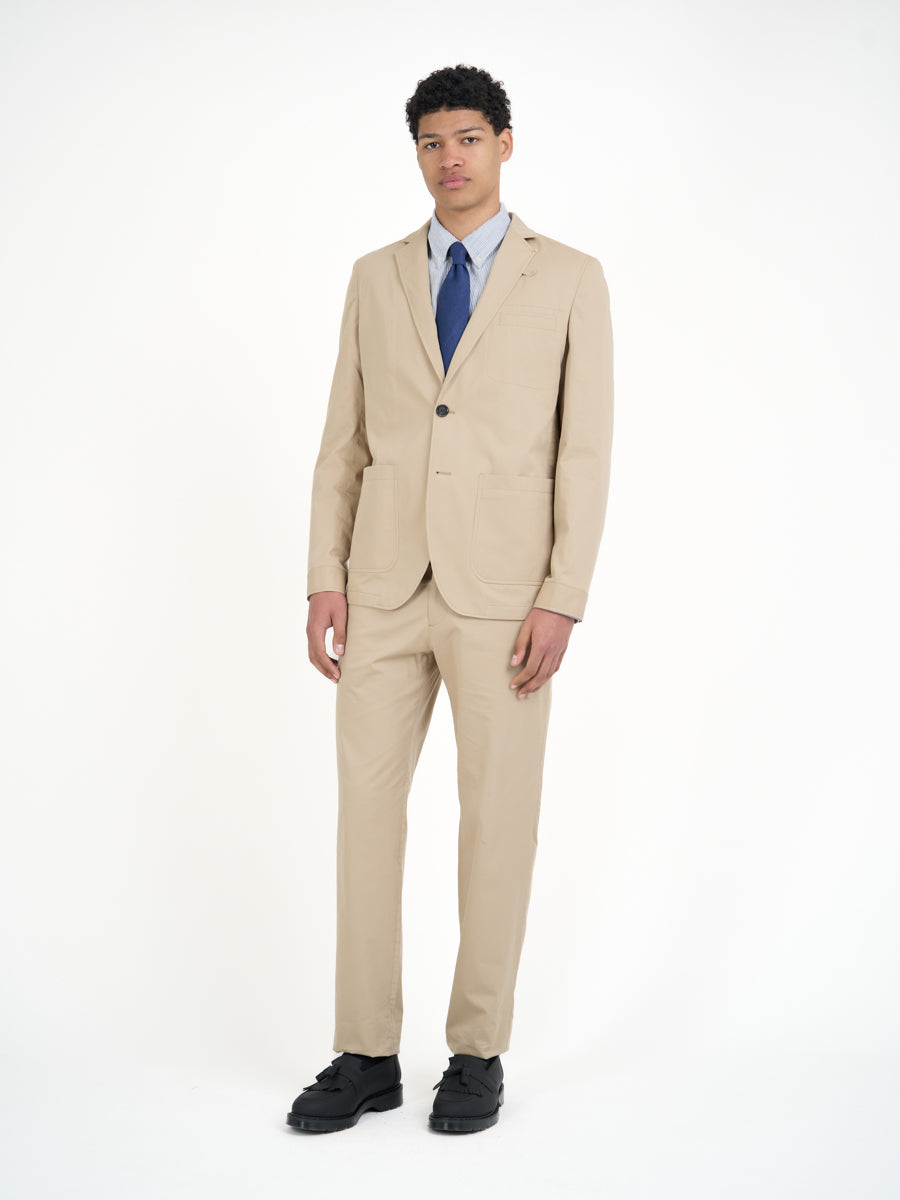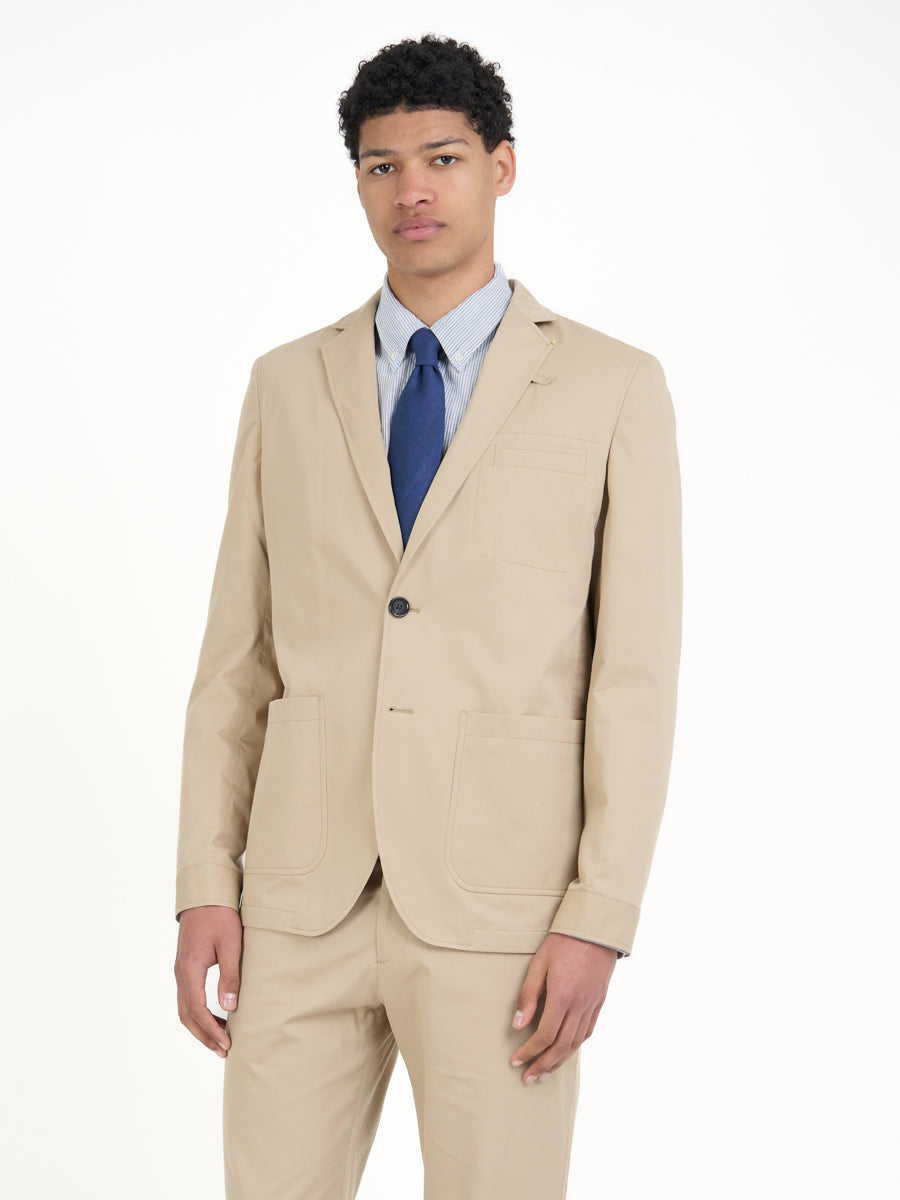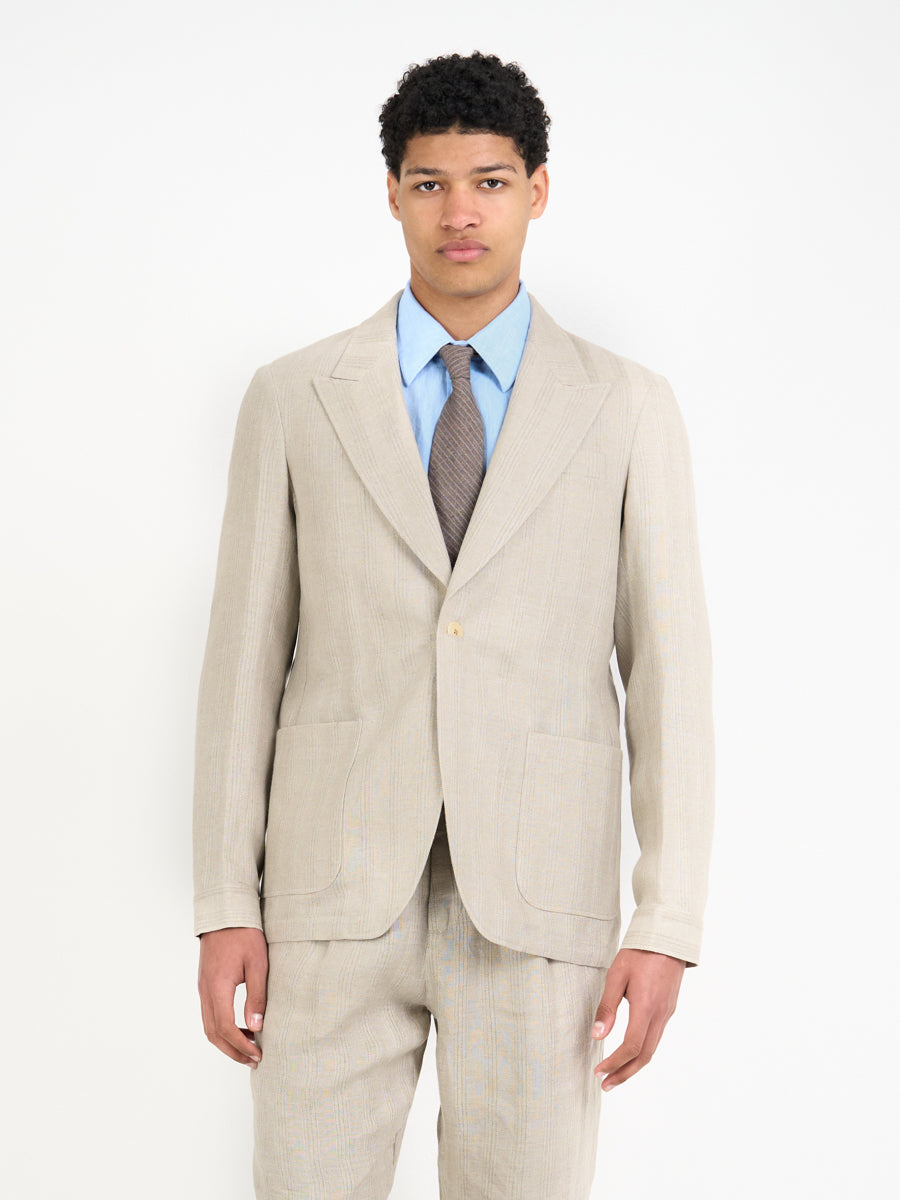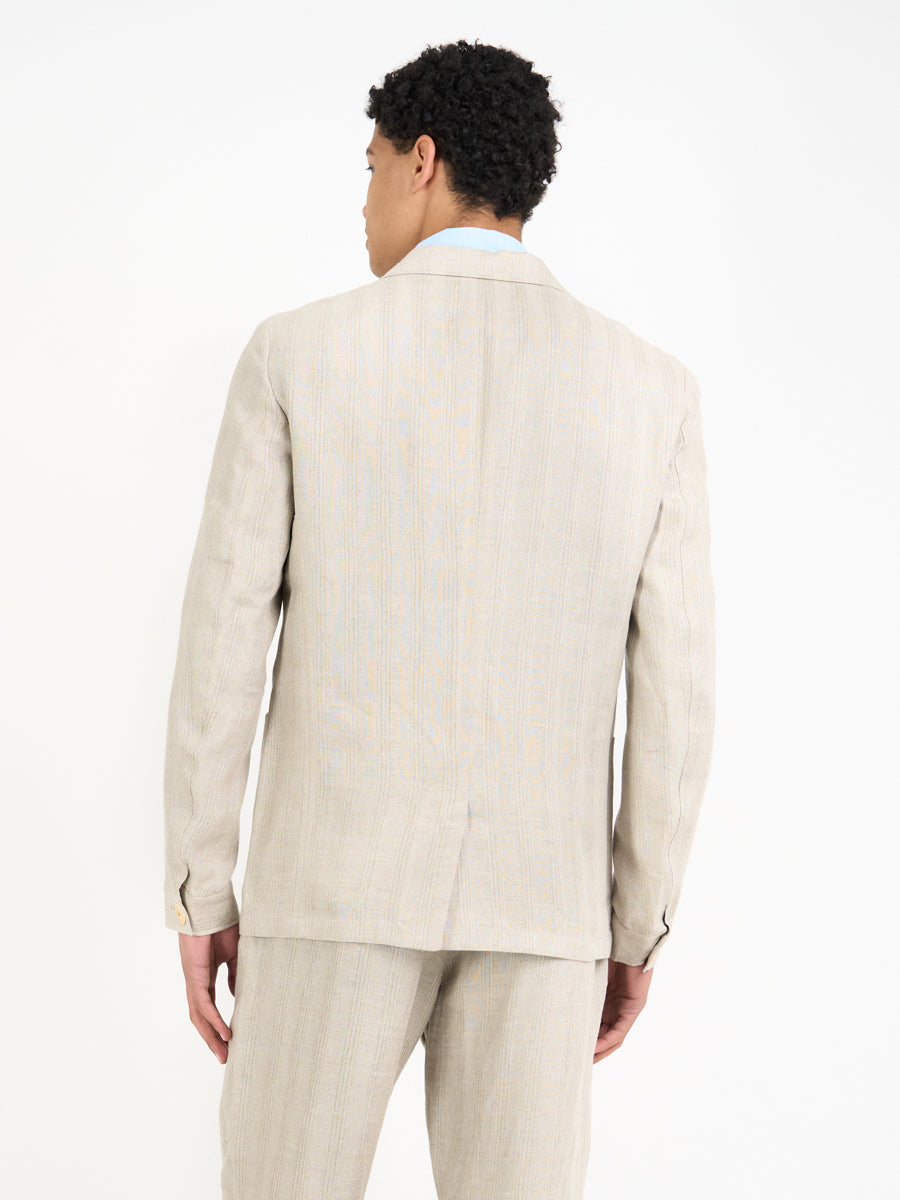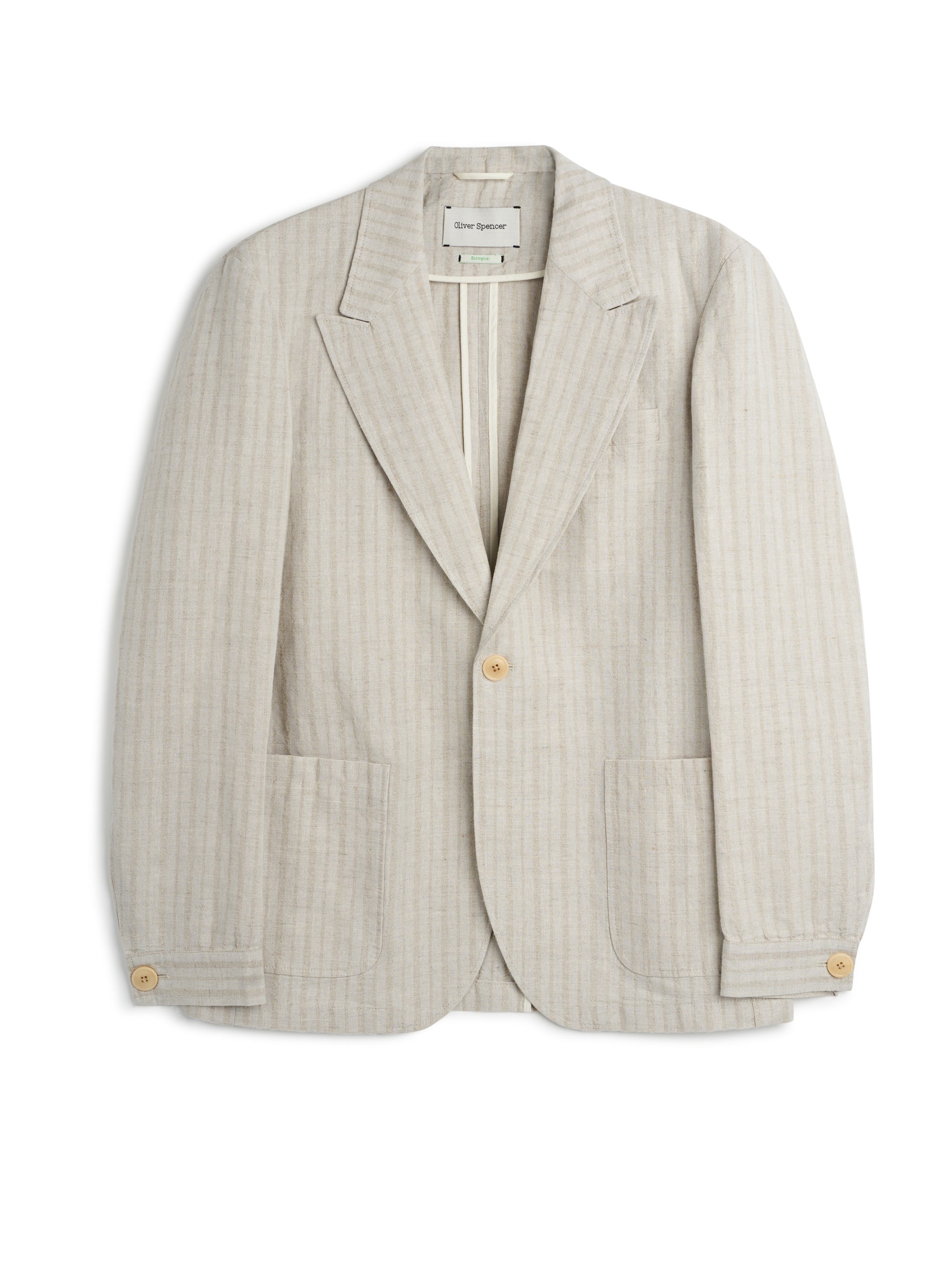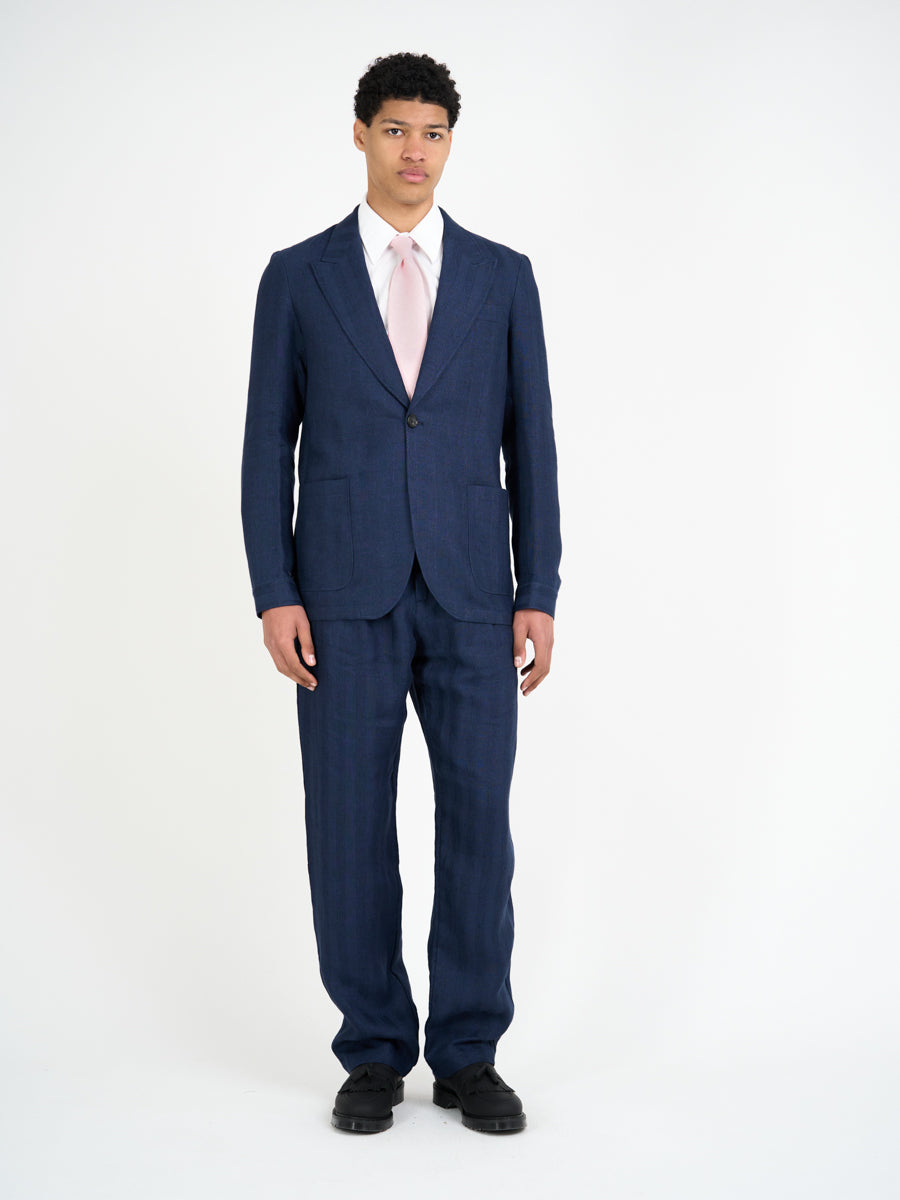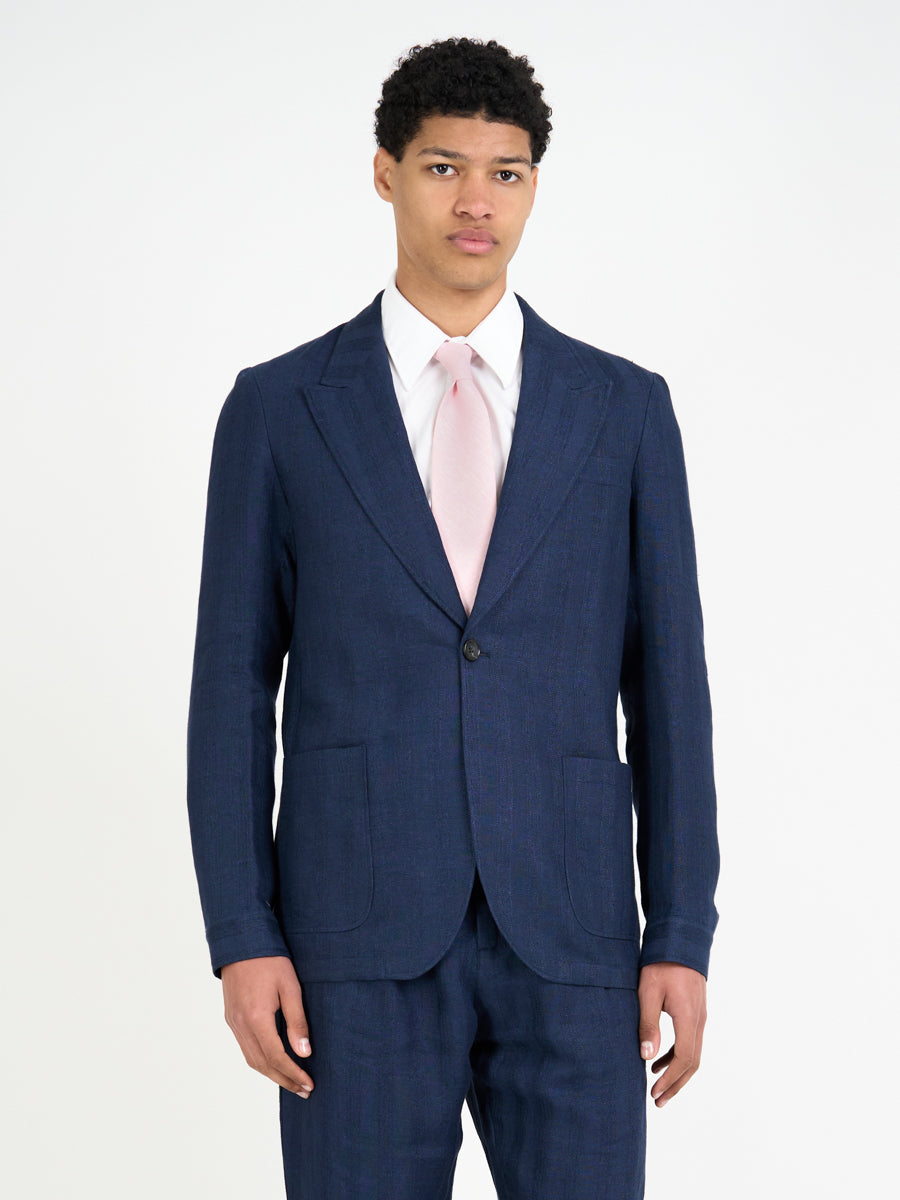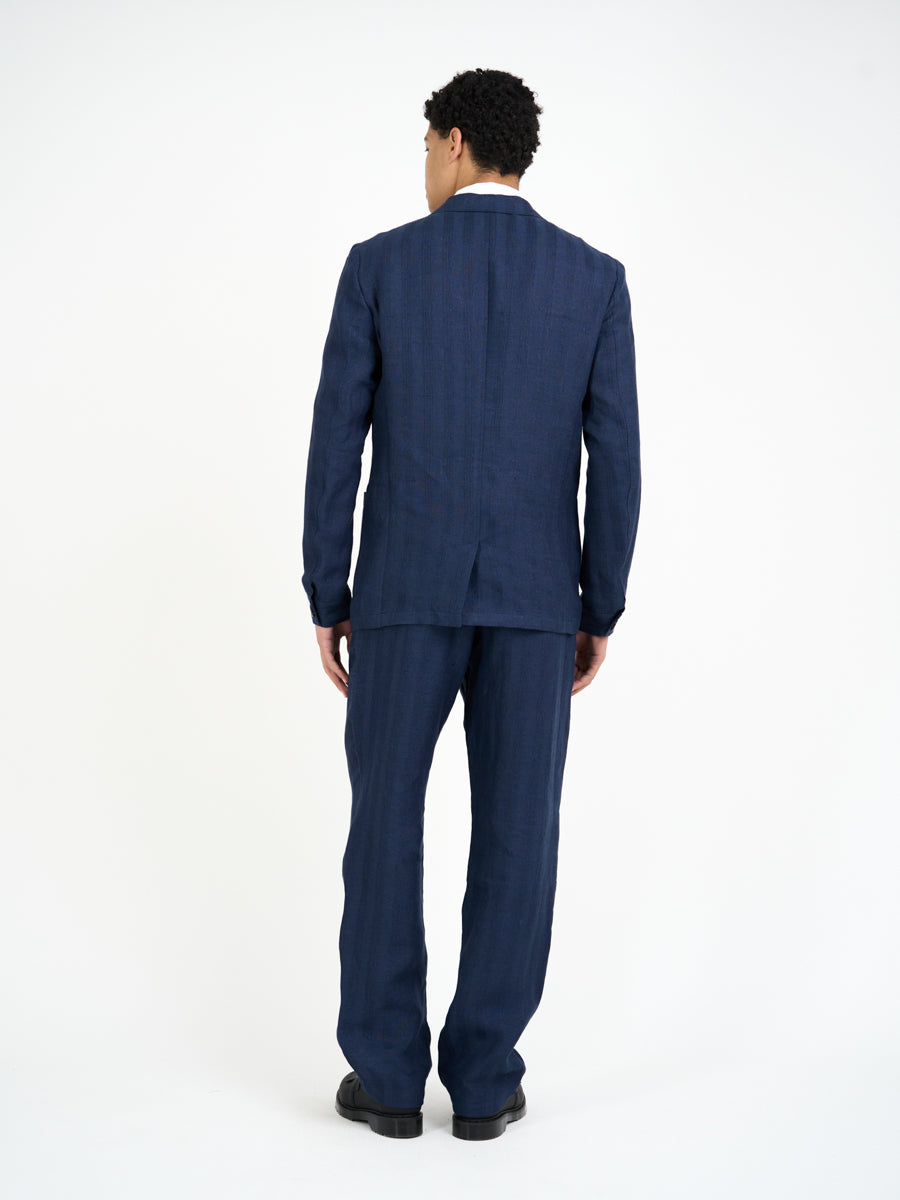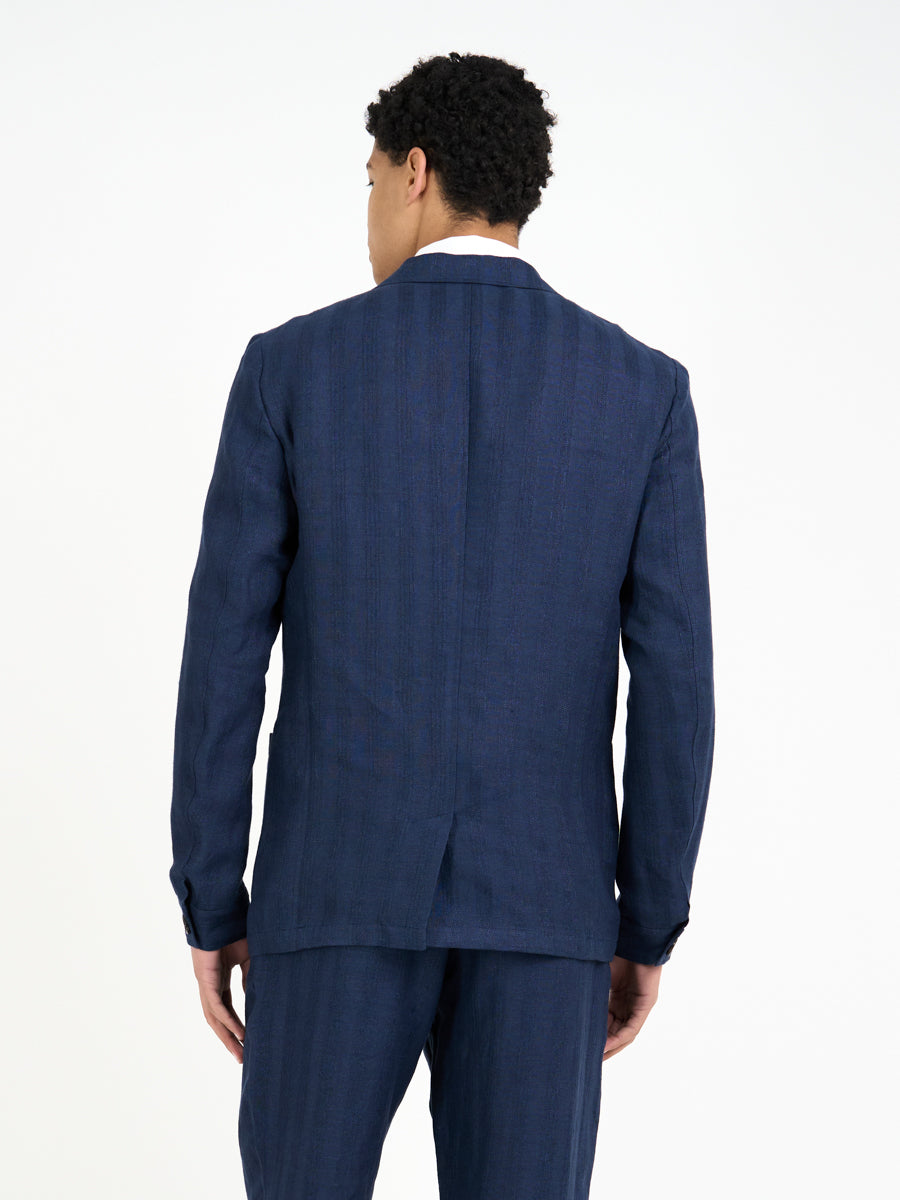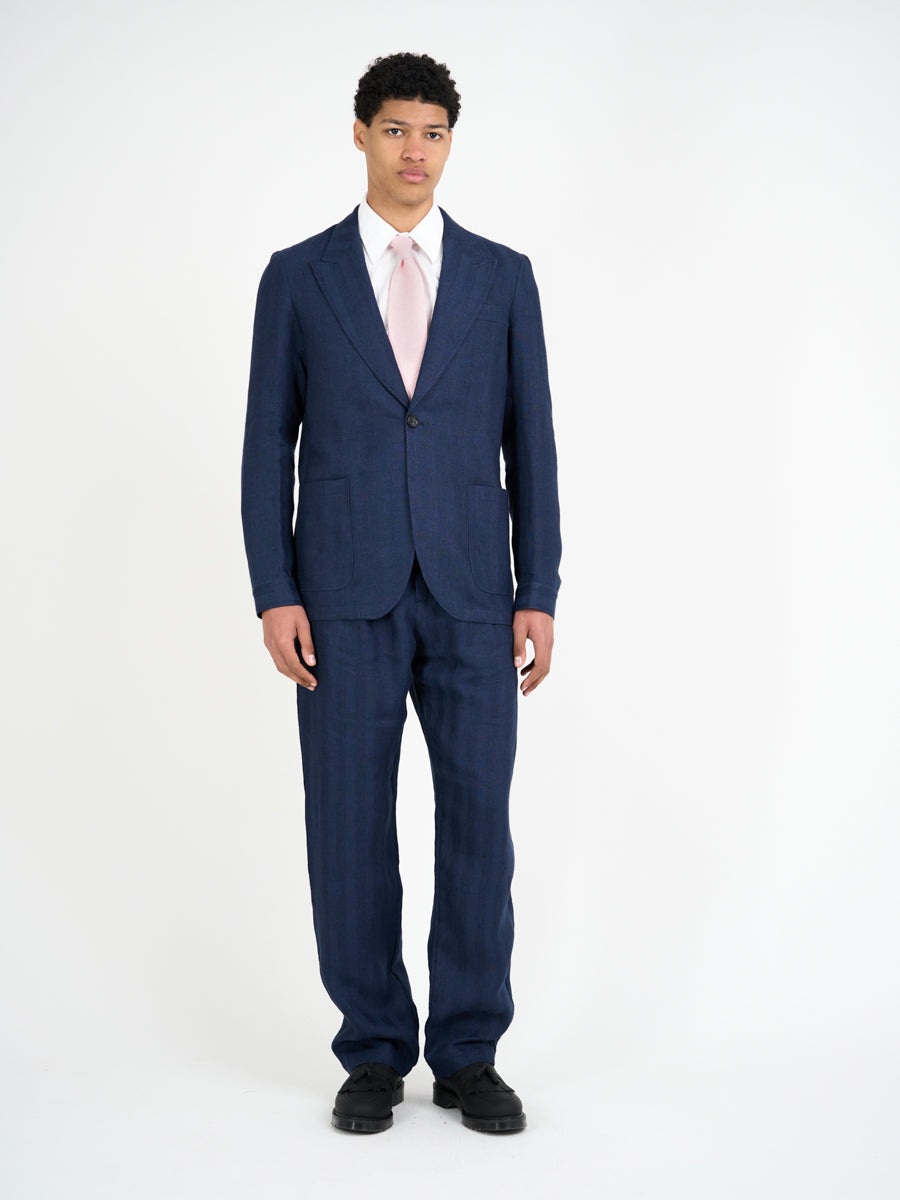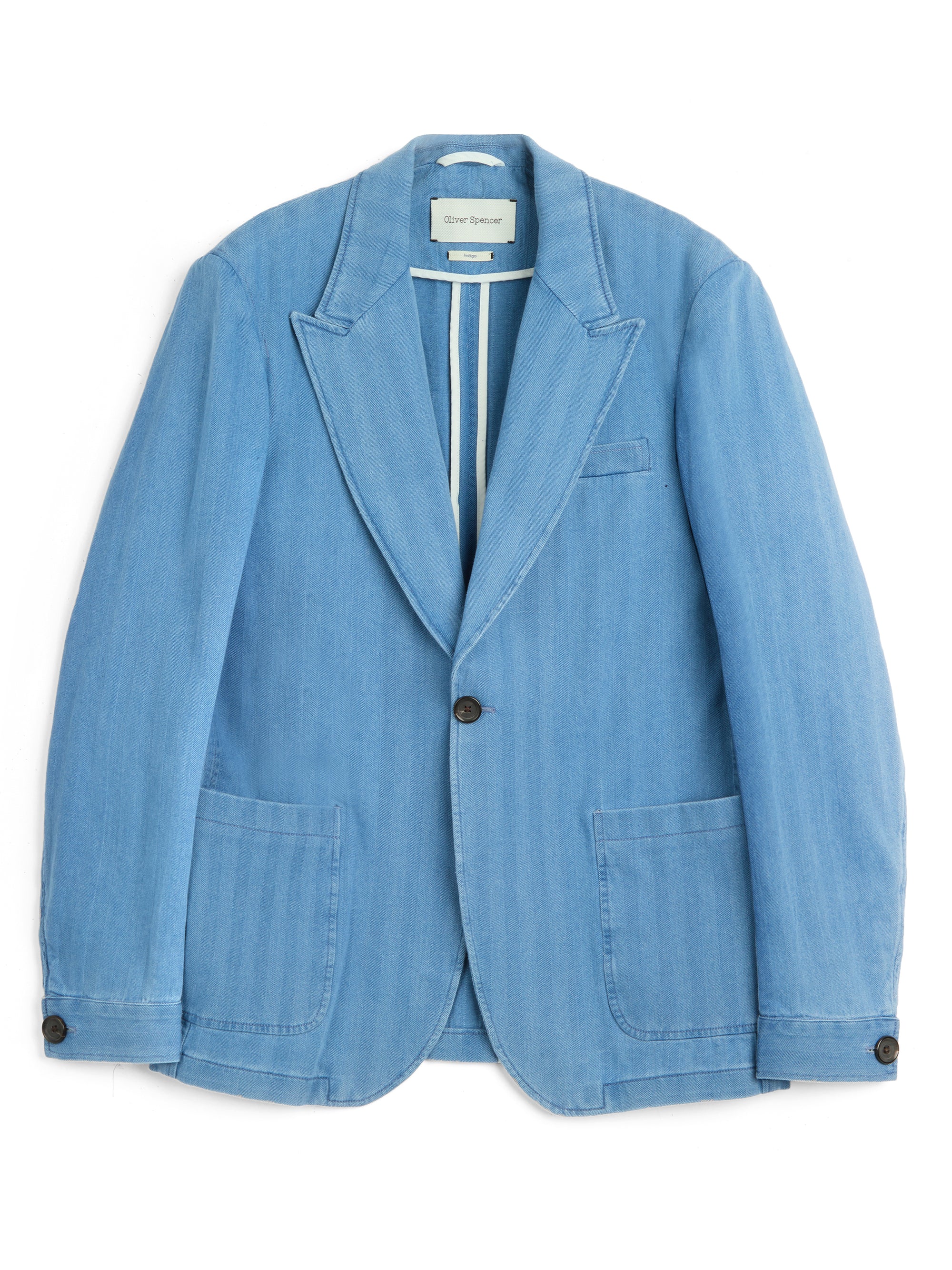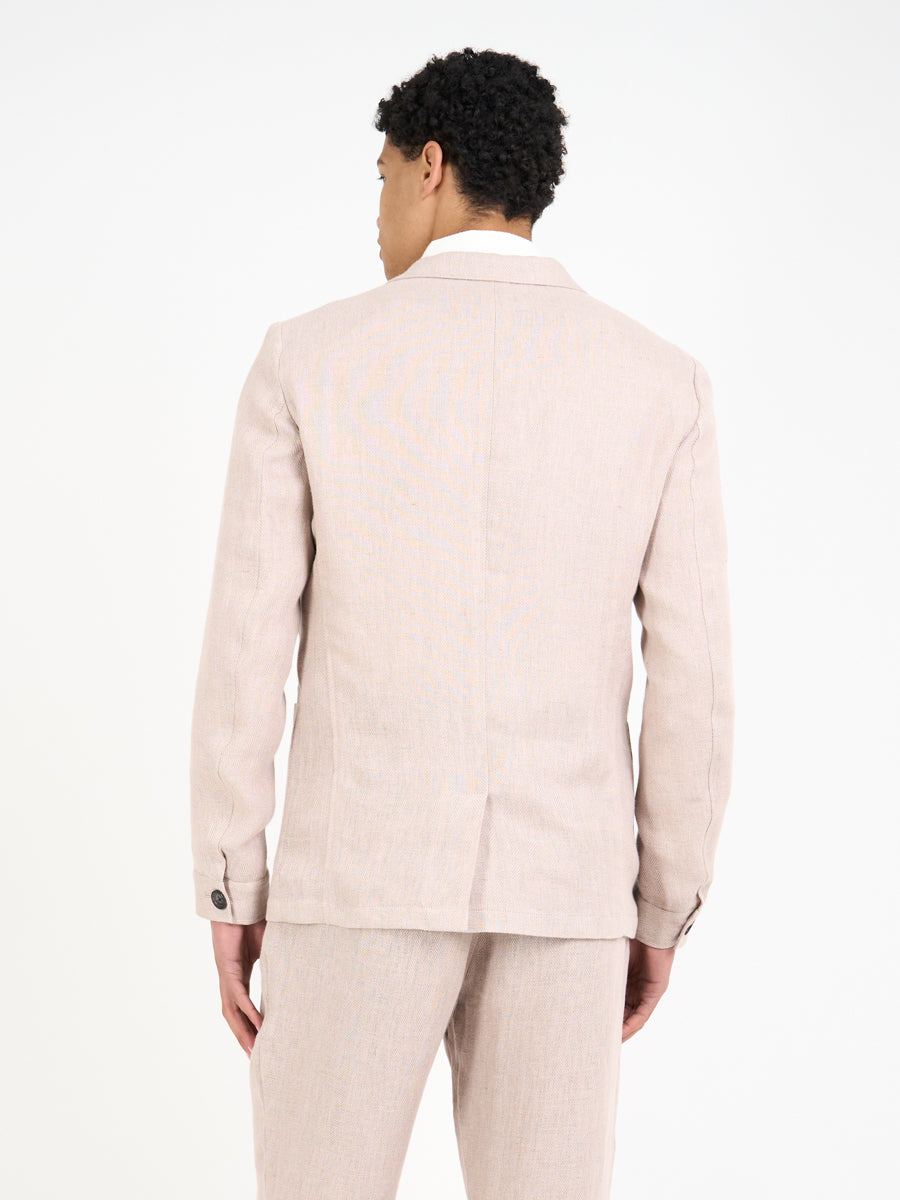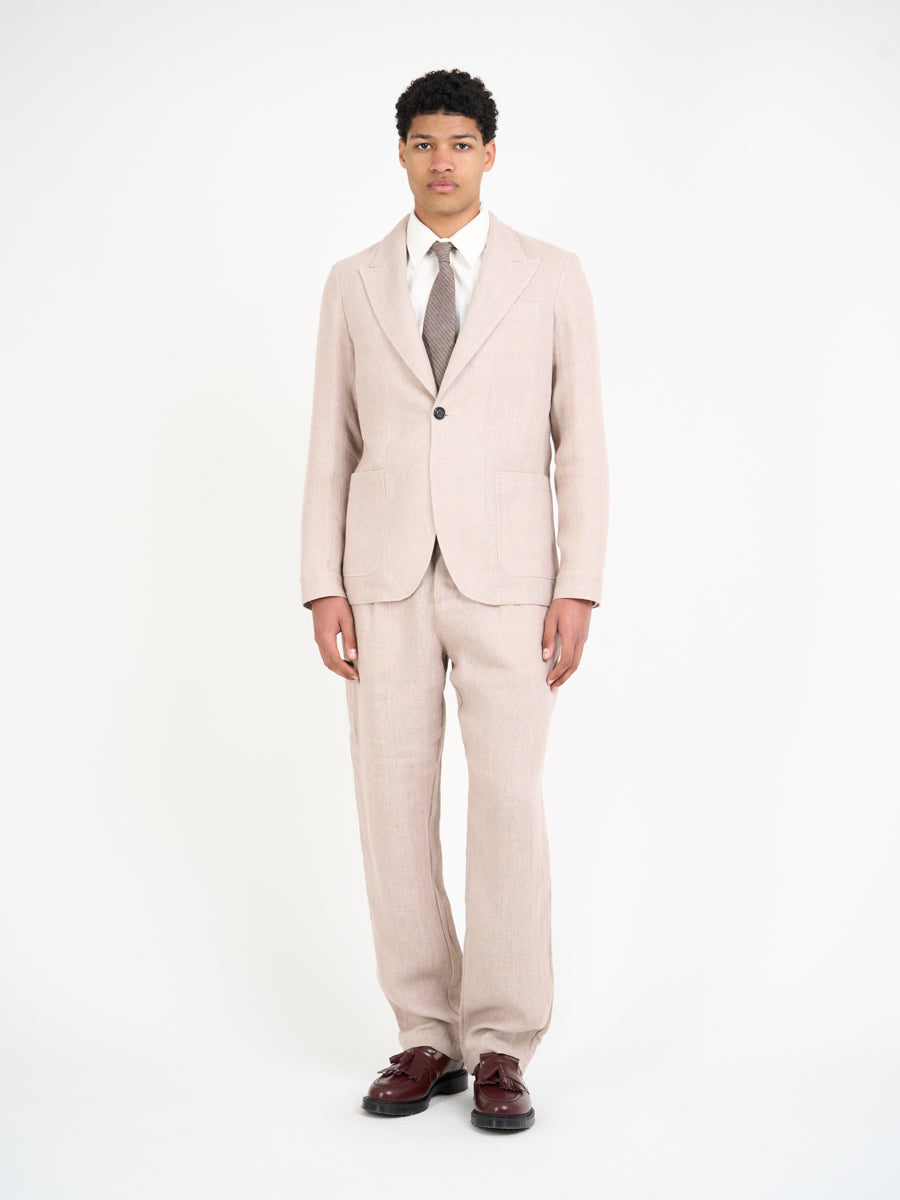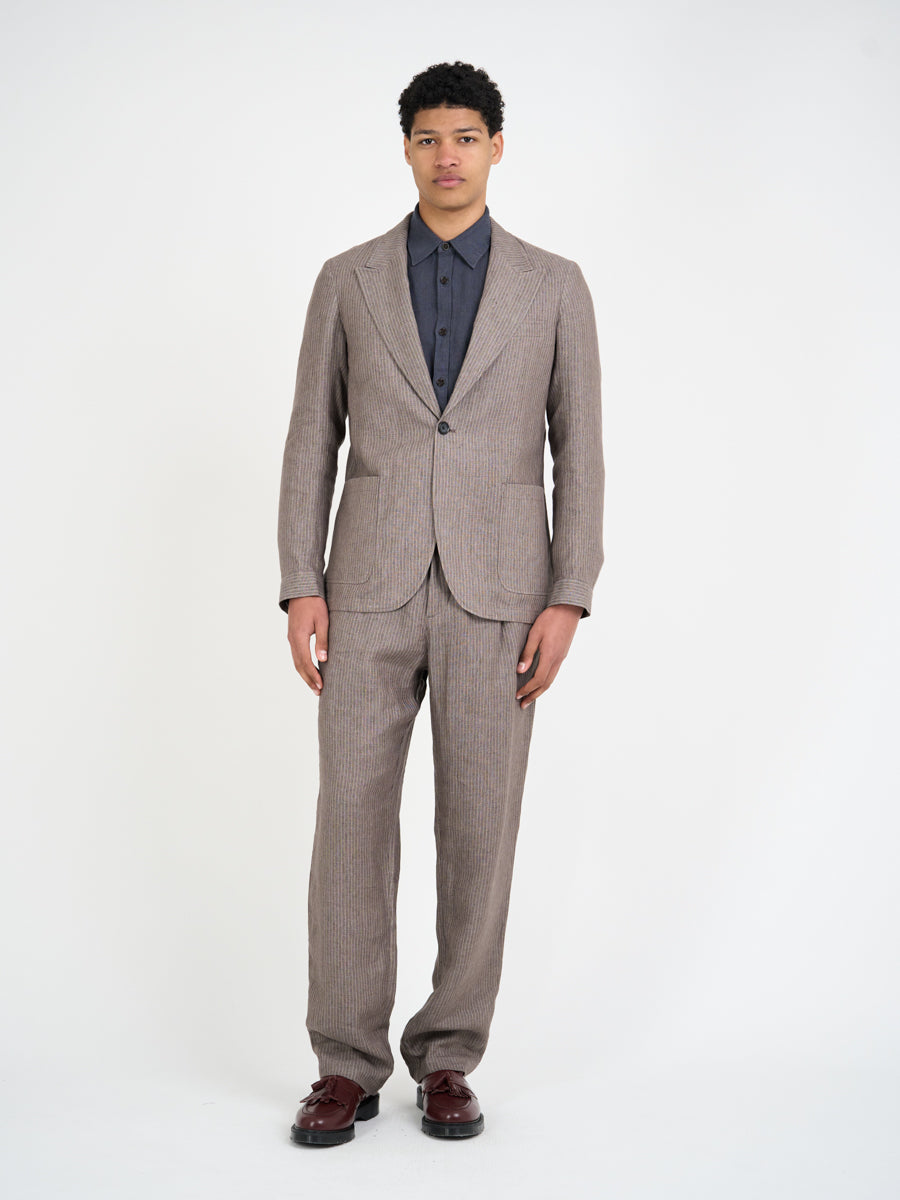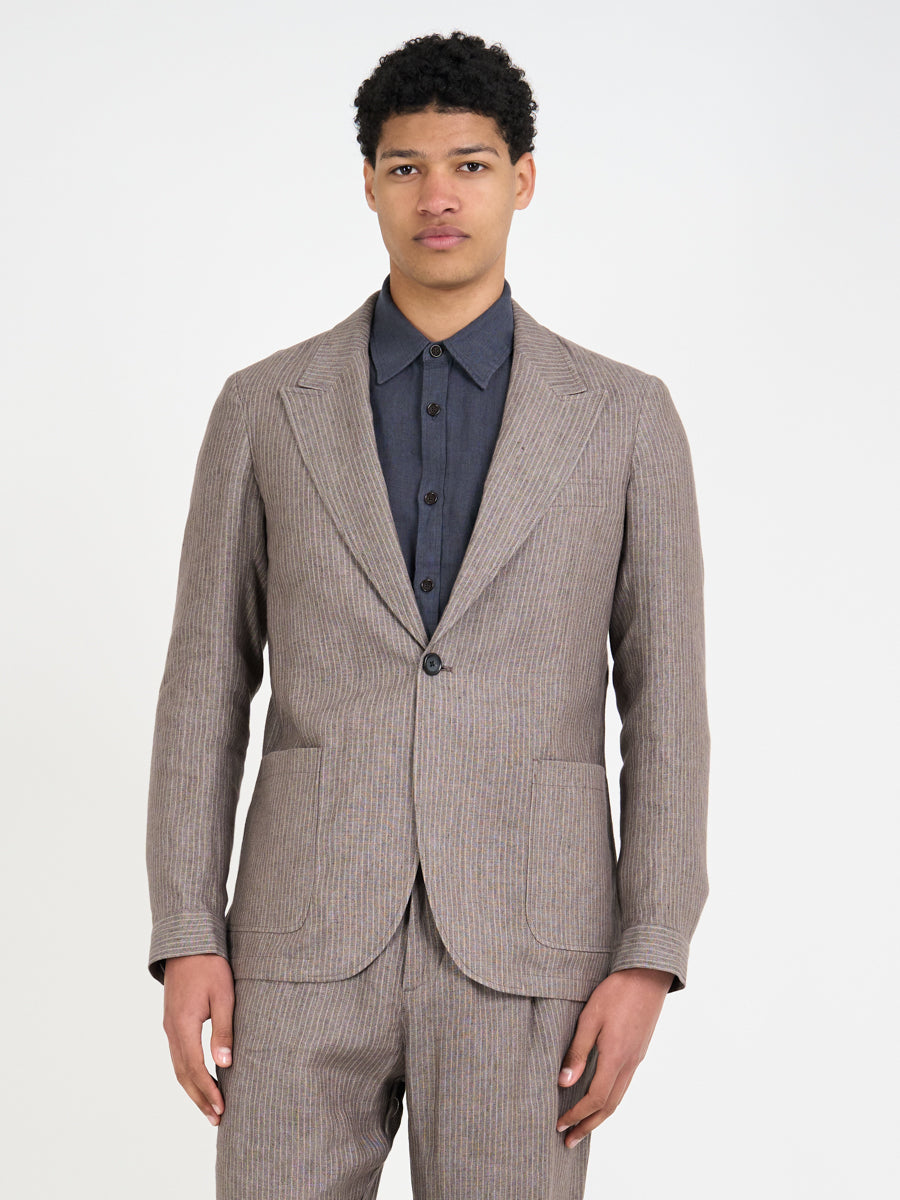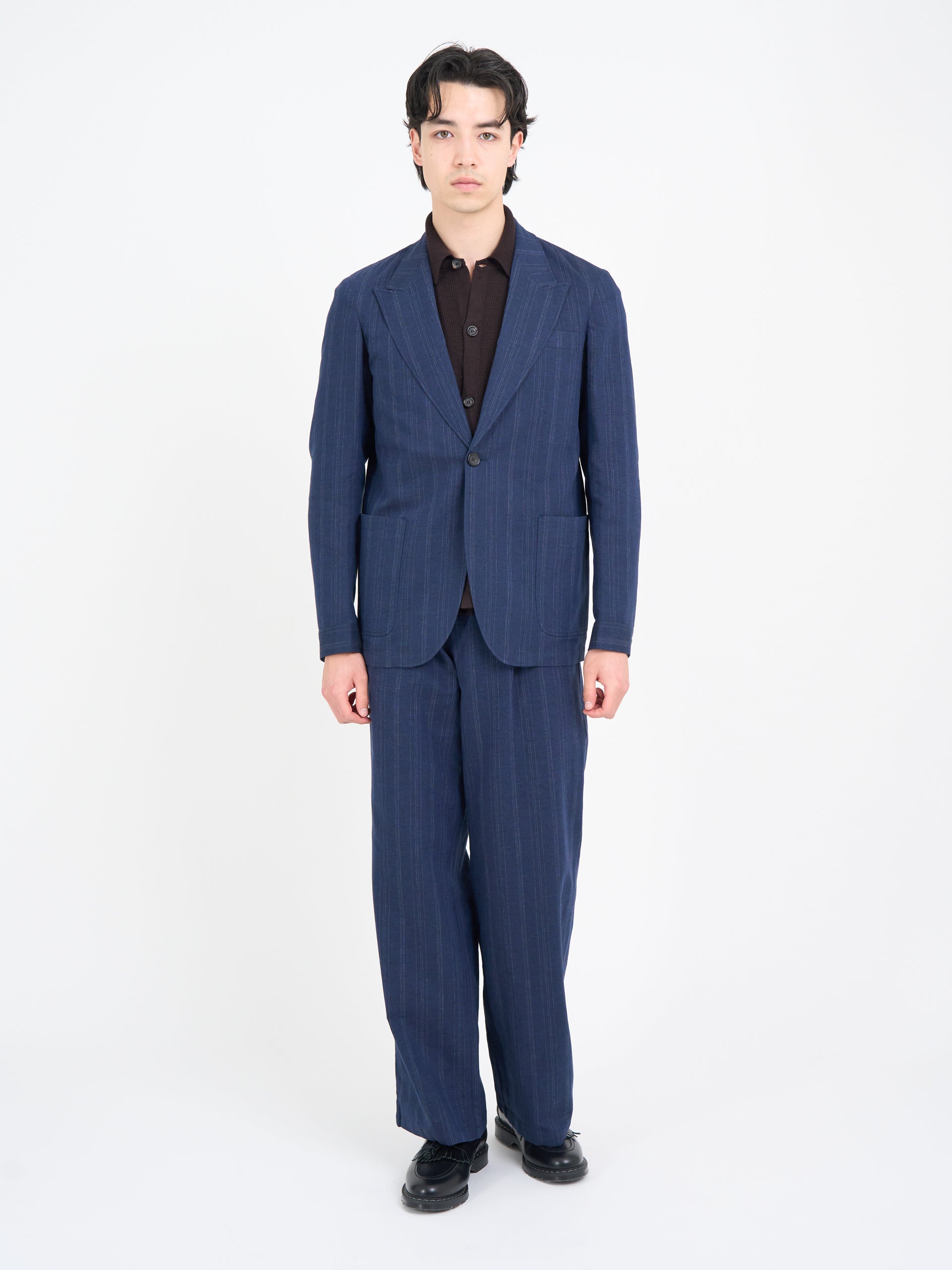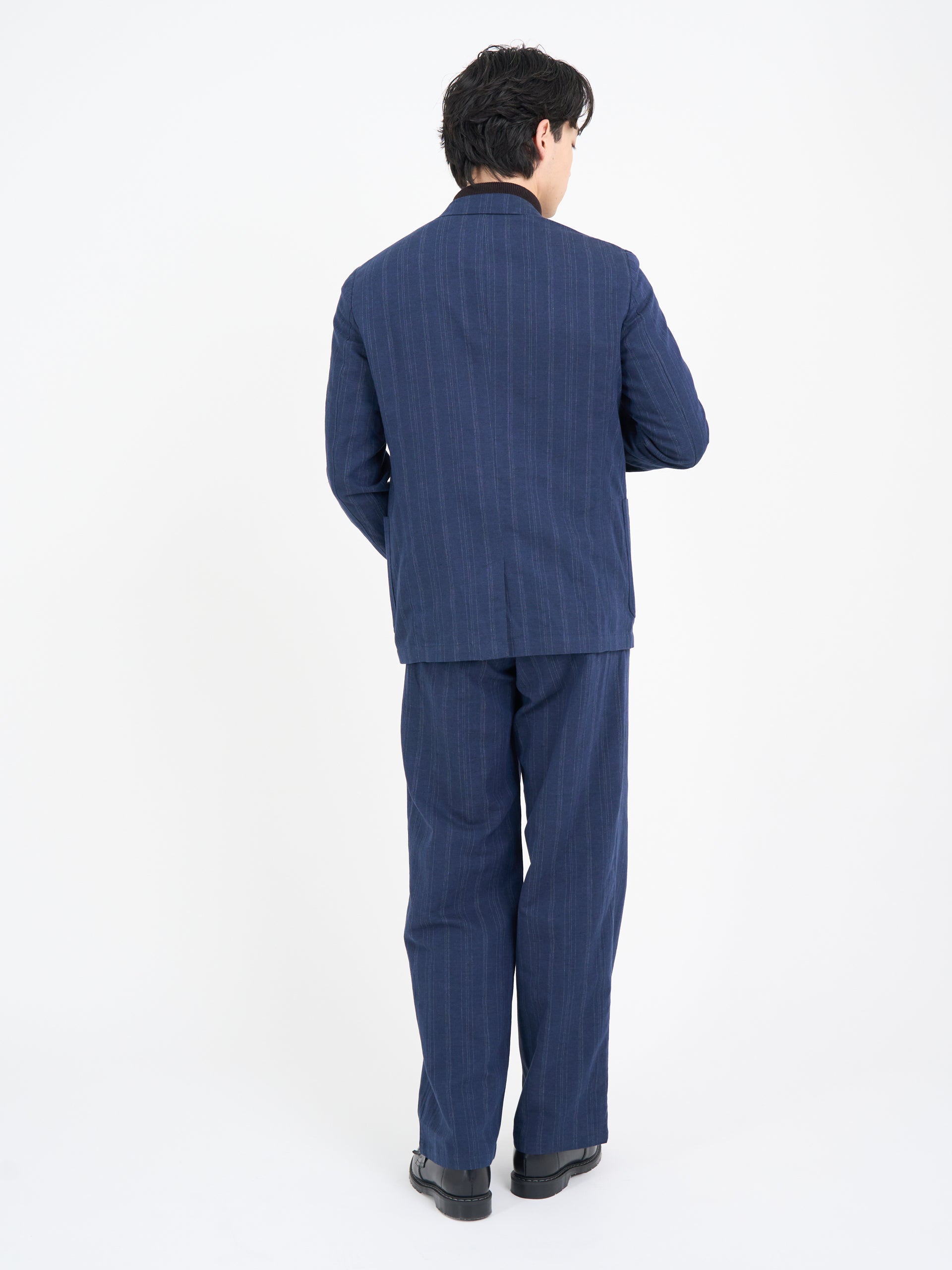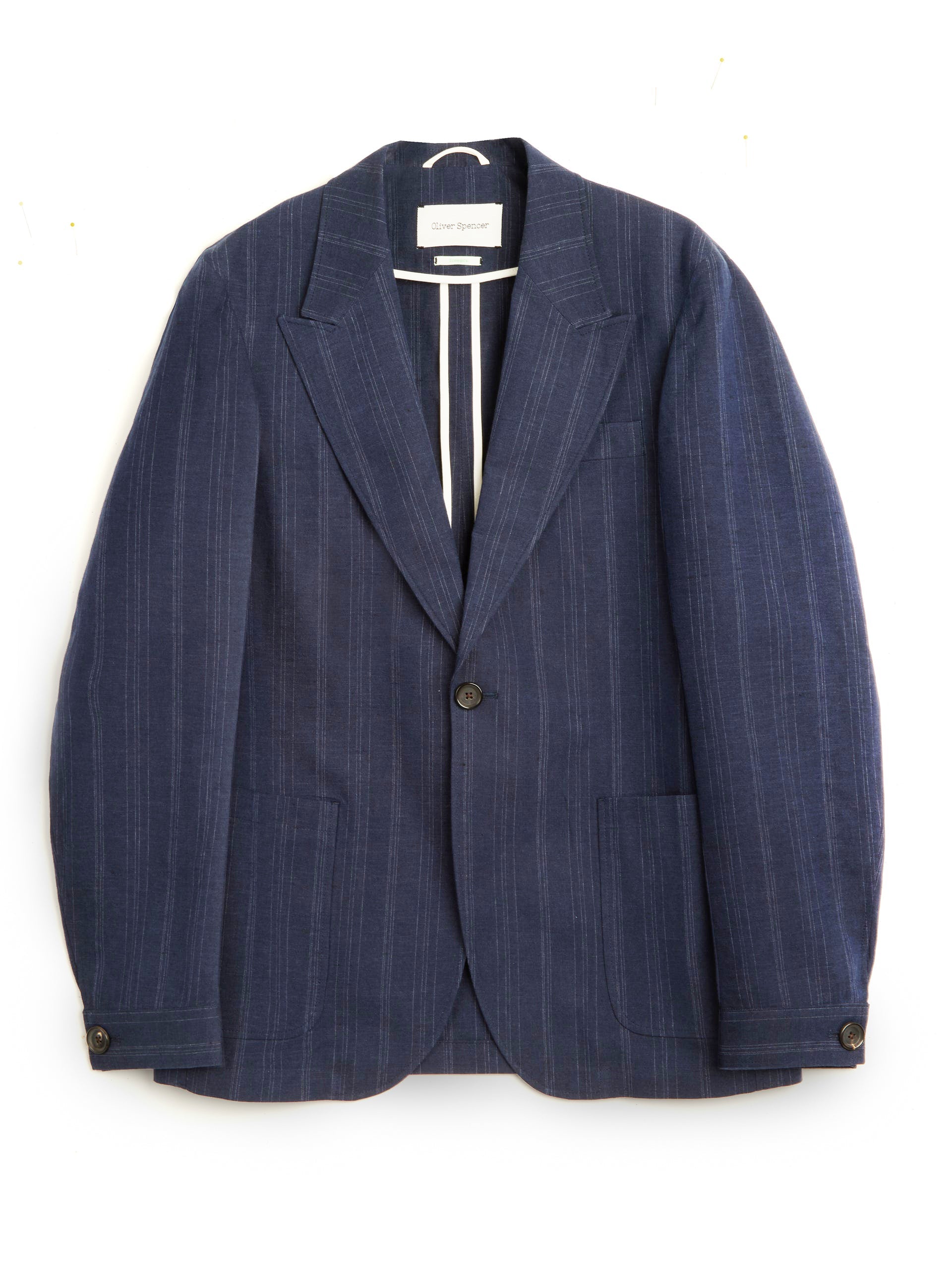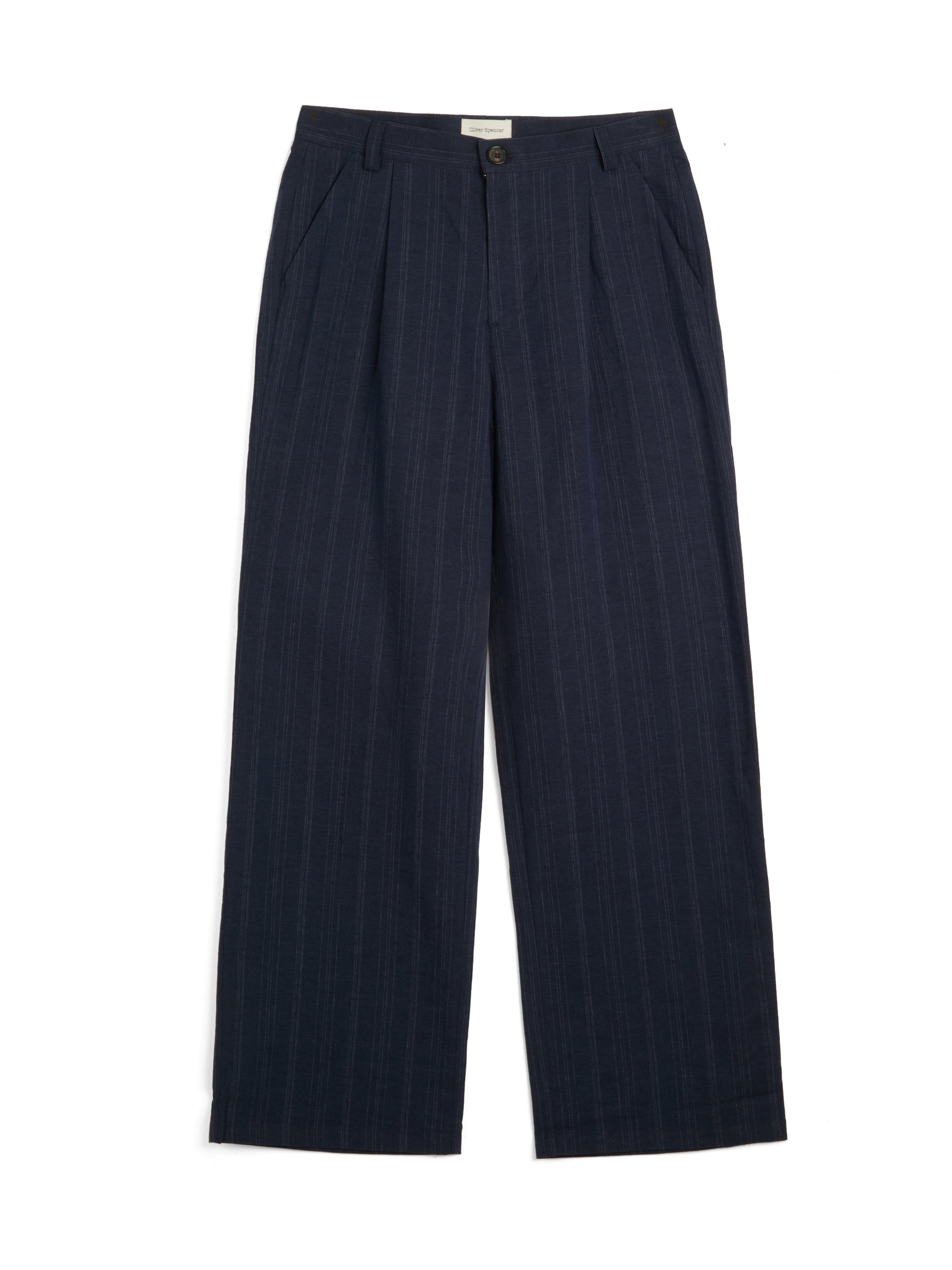The origins of Neapolitan summer tailoring lie in Naples’ vibrant tailoring houses, like Rubinacci and Attolini, which responded to the region’s balmy climate with innovation. Unlike the structured British suits or even Milan’s sharper silhouettes, Neapolitan tailors stripped away excess, much like we do now at Oliver Spencer. They pioneered lightweight fabrics - think linens, cottons, and airy wool blends - and eschewed heavy linings, shoulder pads, and rigid canvassing. The result was the giacca, a jacket that draped like a second skin, with soft shoulders (spalla camicia), high armholes, and a relaxed fit that flattered without constraining. This unstructured quality wasn’t just practical for summer; it was a philosophy of ease, reflecting Naples’ convivial street culture and the Italian knack for sprezzatura - studied nonchalance.

Two icons of the era, Alain Delon and Marcello Mastroianni, became living embodiments of this style, both onscreen and off. In Plein Soleil (1960), Delon’s Tom Ripley glides through the Amalfi Coast in loose linen jackets and open-collared shirts, his tailoring as seductive as his scheming. The unstructured suits, often in creams and pale blues, mirrored the Mediterranean’s sunlit palette, their soft construction letting him move with feline grace. Mastroianni, meanwhile, brought Neapolitan flair to La Dolce Vita (1960), his somewhat dishevelled yet elegant suits capturing Rome’s sultry nights. Offscreen, Mastroianni’s wardrobe - lightweight blazers, slim trousers, and loafers—made him a poster boy for Italian cool, blending refinement with a cigarette-in-hand insouciance. Both men showed how tailoring could be formal yet free, structured enough for status but relaxed enough for life’s pleasures. That's exactly the attitude we've tried to capture with our new summer tailoring collection.



